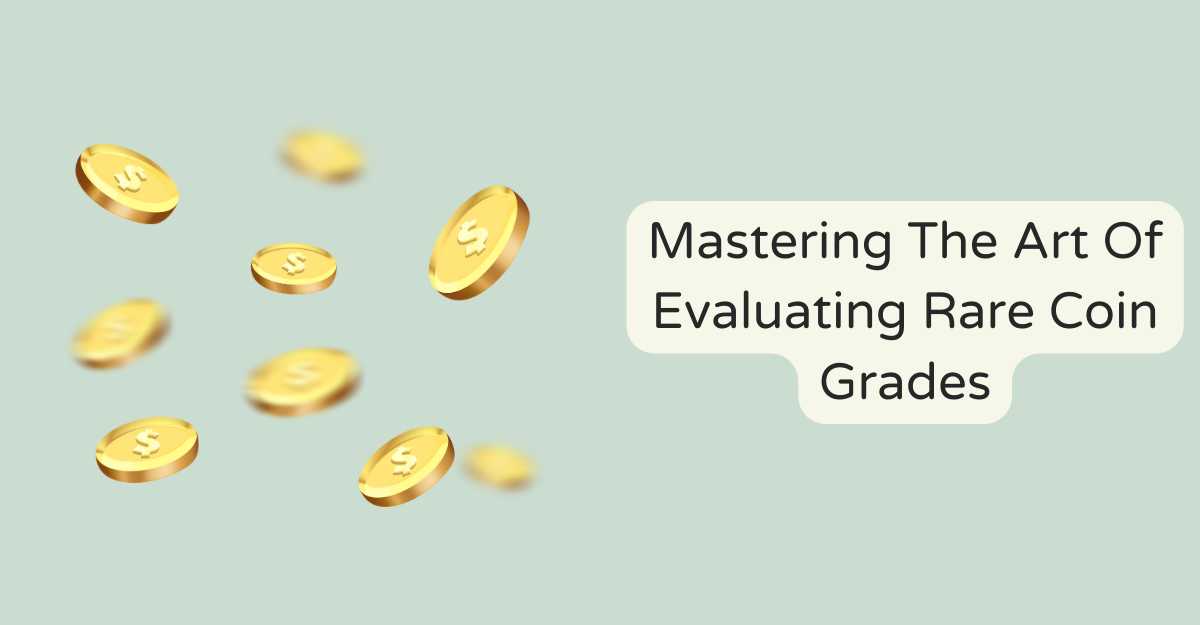
Mastering The Art Of Evaluating Rare Coin Grades
Mastering the art of evaluating coins is a nuanced skill that requires a keen eye for detail and a deep understanding of numismatic principles. This skillset is an art that balances subjective analysis that meticulously assesses a coin’s market value and collectability. Collectors and investors who can accurately evaluate coin grades possess a critical advantage in the industry.
So, where do you start when you want to get into grading coins? Being confident with the different grading markers and what affects coin value is crucial. Keep reading to learn the essential considerations for grading your first coin.
How to Evaluate Rare Coin Grades
You can start evaluating your own grades by following a set of reviews, including coin type, country of boring, and condition. Here are the key aspects to consider:
Is the Coin Circulated or Uncirculated?
The wear and tear of circulated coins that have been used in commerce will drop the grade of a coin. Uncirculated coins will have preserved the quality of their designs.
Proof or No Proof?
There are several main differences between proof and nonproof coins.
Proof Coins Are Struck Twice
The second strike on the proof coins results in a mirror-like shine background and a matte finish in the foreground. These coins are hand-polished and packaged carefully to preserve their quality and appearance. Non Proof coins may have minor imperfections, like bag marks from production.
Nonproof Coins Are Less Rare
Uncirculated, non proof coins are more common than proof coins but are still more rare than circulated coins. Proof coins are produced in limited batch quantities, and this scarcity enhances their value.
Higher Price for Proof Coins
Since proof coins have a superior appearance and are rarer than non proof coins, they command higher sell prices. Non Proof coins are more affordable to purchase due to their potential imperfections and lower rarity.
How Coins Are Graded
Rare coins are graded based on several criteria, such as their condition, rarity, historical significance, and minting quality. Expert numismatists carefully assess the value and grade of a coin grades by looking at the following factors:
- Surface Preservation: The surface preservation refers to the number of imperfections or flaws on a coin’s surface from the manufacturing process, not the result of wear from circulation.
- Strike: A coin’s strike refers to how well the design details were transferred from the dies to the planchet during the minting process. A sharp strike with well-defined details can enhance a coin’s grade.
- Luster: How the light reflects off the coin’s surface is called luster. Rare coins with their original mint luster are desirable among collectors.
- Eye Appeal: The visual appeal of a coin can affect the grade and can include factors like toning color and overall aesthetics.
- Damage: Coins with distracting elements, such as corrosion, heavy toning, or damage, may be graded lower or deemed ungradable.
Learning How to Grade Coins is Worth the Time
Navigating the complex landscape of coin grades can reap significant rewards for numismatists and investors alike. A thorough understanding of grading scales, coin conditions, and market factors is essential to making informed decisions within the coin-collecting community. By dedicating time to learning the subtleties of coin grading, your appreciation of numismatics will surely grow.






